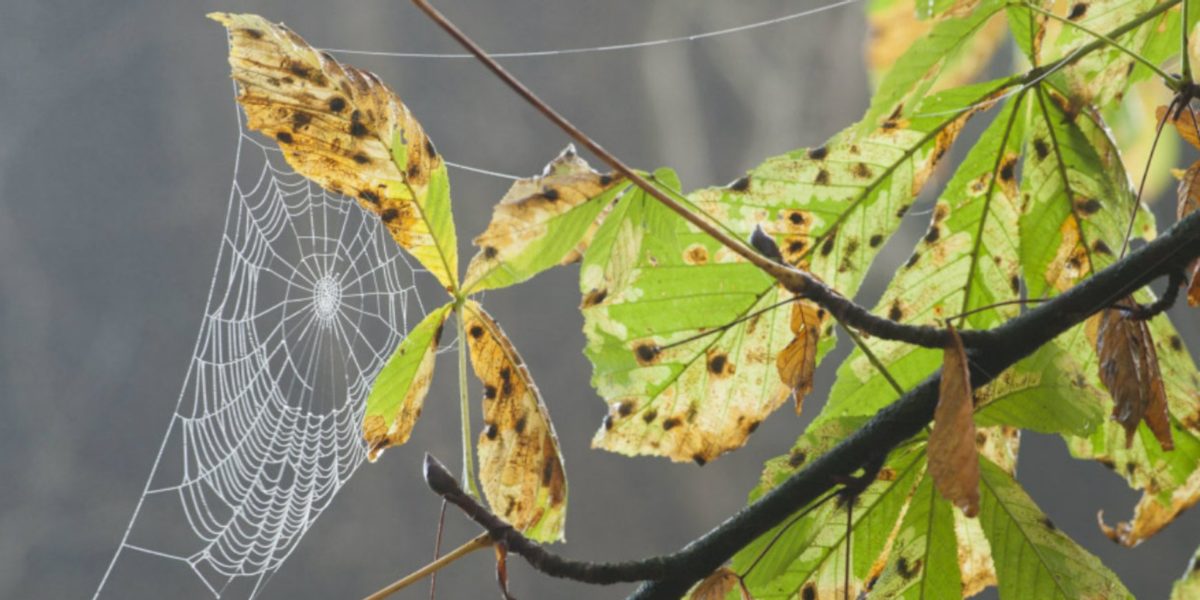The way we look after our gardens really matters. There are an estimated 16 million gardens in the UK, according to The Wildlife Trusts. Together they form a huge potential refuge for species that are declining in the wild. Here are nine ways you can bring more nature to your backdoor.
1. Bird box and feeding
Birds are an important part of garden ecosystems. By installing bird boxes and feeding birds you can make sure they thrive. Put your bird box up high in a sheltered site. In spring, provide protein-rich feed, such as fat balls. Seeds are best in the winter. If cats are around place your feeder near a dense bush to provide birds with cover.
2. Let the grass grow
Leave your mower in the shed. Long grass is one of the rarest garden habitats. By letting some or all of your lawn grow you will make space for many plant and insect species, including butterflies and wildflowers. Leave the grass long over winter and cut it again in the spring.
3. Grow climbers
Ivy is a very useful plant for wildlife. Both the flowers and seeds are good sources of food and pollen. Plus, it provides year round cover for birds and insects. Clematis and roses are also excellent climbers for wildlife.

4. Insect hotel
Leave piles of rocks, twigs and rotting wood in your garden. This will create shelter for all sorts of important insects, such as beetles and spiders.
5. Pond
A pond is a real boost for wildlife. It doesn’t have to be huge. You can use a buried bucket or trough. If you do want a big pond, make sure there are stones or branches to help wildlife get in and out. Ponds are best filled with unchlorinated rainwater from a water butt. Waterlilies will help prevent it from becoming stagnant. Avoid locating it in full sun or full shade.
6. Compost
A compost heap is a win-win. Making and using your own compost will naturally enrich your soil. It will also provide a habitat for worms, woodlice and many other insects, including frogs and slow worms. To avoid attracting rats, only use raw food.
7. Fence
Don’t lock out hedgehogs and frogs. Make sure your garden fences have some gaps at the bottom. This will allow wildlife to move through from plot-to-plot. It will also help link different habitats together.
8. Flowers
Flowers look beautiful and bring colour and scent into your garden. They also provide food for many insects. Grow as many varieties as possible to ensure colour from spring through into autumn. Go for native species, if possible.
9. Weeds
Learn to relax about weeds. Plants such as nettles, daisies and buttercups are important sources of food for many insects, including butterflies and moths. They flower for a long time, whatever the weather. And so provide food when other sources might be absent.


